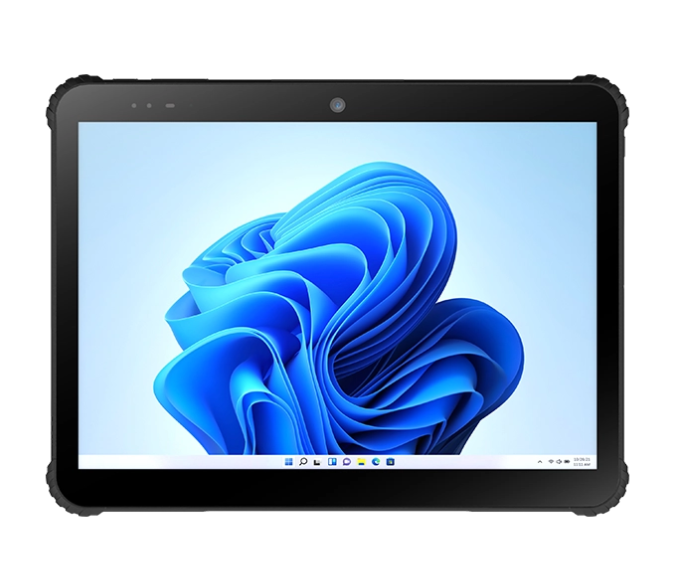In the rapidly evolving world of healthcare technology, the role of computing power has never been more critical. As hospitals and clinics increasingly rely on real-time data, precision diagnostics, and seamless communication, the embedded pc has emerged as a silent yet powerful driver of efficiency. This shift is changing the way medical professionals interact with technology, leading to better patient care and streamlined operations.
The Growing Influence of Embedded PCs in Healthcare
Over the past decade, the embedded pc has transformed from a niche tool into a core component of modern medical infrastructure. Unlike standard desktop computers, these compact systems are designed for specific tasks such as controlling medical imaging equipment, managing patient data, or running diagnostic devices. Their reliability and ability to function continuously in demanding environments make them indispensable in operating rooms, laboratories, and emergency response units. Companies like Estone have taken this innovation further by integrating medical-grade durability and compliance with strict healthcare regulations, ensuring devices meet both performance and safety standards.
Why Purpose-Built Medical Computing Matters
Healthcare facilities require technology that goes beyond speed and performance — it must also withstand rigorous cleaning, offer secure data handling, and integrate seamlessly with existing medical devices. A high-quality embedded pc meets these needs by delivering consistent performance while being compact enough to fit within medical carts, diagnostic stations, and portable equipment. Estone supports this vision by offering rugged medical tablets, certified displays, and smart medical PCs tailored for clinical use. These solutions reduce downtime, improve patient throughput, and ultimately contribute to more effective healthcare delivery.
Conclusion
The rise of the embedded pc in healthcare reflects a broader shift toward smarter, more specialized computing solutions. With companies like Estone leading advancements in medical-grade technology, the future of patient care looks faster, safer, and more connected than ever.

